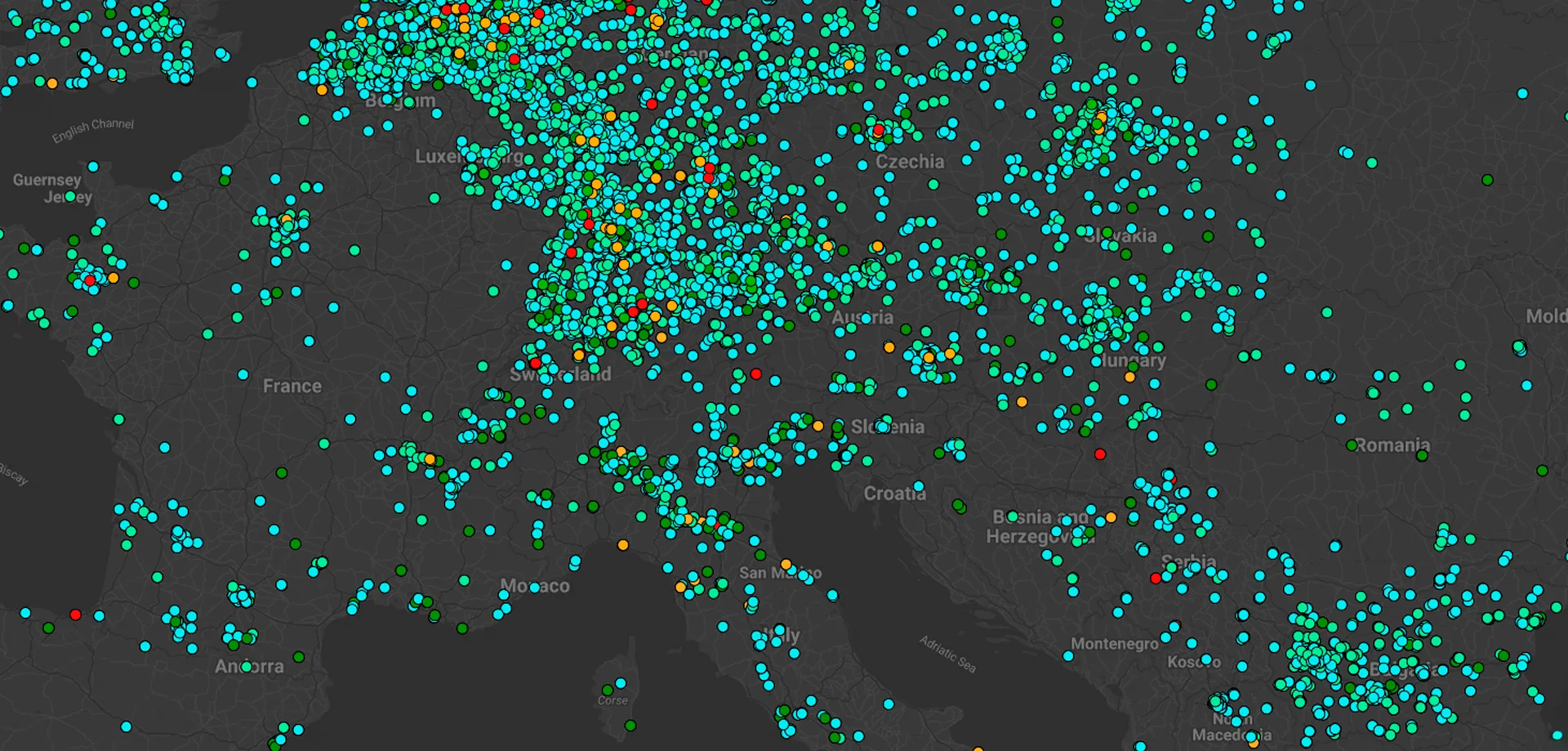The metaverse will need geospatial experts
November 16, 2022
Ana Guerra

Geospatial tech, standards, and knowledge will be the base of the metaverse. Simultaneously, the metaverse will also transform geospatial as we know it.
What is the metaverse?
Everyone will give you a different answer, but according to Patrick Cozzi, CEO of Cesium and co-host of the Building The Open Metaverse podcast, is it agreeable that the “metaverse is a progression of the internet to go from something that’s 2D to fully immersive 3D”.
Roblox, Decentraland, Meta’s Horizon Worlds, and The Sandbox are some of the most popular metaverse worlds currently.
The metaverse is usually associated with never seen virtual worlds. However, they can also be modeled after the real world, which is where geospatial professionals will have the most impact.
In the metaverse, you can play games, go shopping, have business meetings, access your bank account support, receive job training, and much more.
Traditional geospatial companies like Esri are in fact looking at gaming as an industry to invest in. Philip Mielke, 3D Web Experience Product Manager at Esri, says “We at Esri are investing a lot in game engines so that we can transmit services for consumption in [the gaming engines] Unreal and Unity.”
Although it might not be seen that way at first glance, virtual worlds are real, and virtual real estate is real estate. For example, the MetaMall in Decentraland has 364,000 square feet available for companies wishing to create their virtual stores.
How exactly can geospatial help the metaverse?
- Create great metaverse design
If GIS is able to provide insights for urban planning, it can do the same for metaverse design, helping developers work out logical places for neighborhoods or running simulations to visualize the effects of design changes. As well as making sure the world has a nice balance between people and space, so it doesn’t feel too empty or too crowded, ensuring the best user experience.
- Locate the best area to set up a shop or service
By layering multiple business information on top of each other in a map, such as foot traffic and proximity to other competitor stores, better decisions can be made about where to set up a shop or a service.
- Make gaming more realistic
Imagine if you could easily bring real-world models from cities like New York City into a game, turning it more realistic and accelerating its development. One example is Microsoft Flight Simulator, perhaps the most realistic digital twin of planet Earth. The latest version of the game was built using Microsoft's Bing Maps which apparently has detailed photogrammetry data down to 5-centimeter resolution for more than 400 cities.
- Introduce new ways of working
There are many ways of empowering employees through the metaverse, keeping them safe, engaged and happy. One possible application concerns the job of maintenance technicians and field operatives. There is an example from a company in New Jersey that allowed their team to see the underground utility lines with HoloLens and GIS software, preventing them from encountering gas when repairing water leakage. It can also be a powerful tool for simulations, such as fire drills.
- Research that can be applied to the physical world
Understanding people’s ways of moving inside the metaverse, their shopping behaviors, and the growth and development of patterns inside the metaverse, all of that can be researched and provide insights into the physical world.
At Mapify we're not quite in the metaverse yet, but if you're interested in understanding how you can accelerate the creation of geospatial applications, then go ahead and request a Mapify trial, or schedule a meeting.




.webp)

